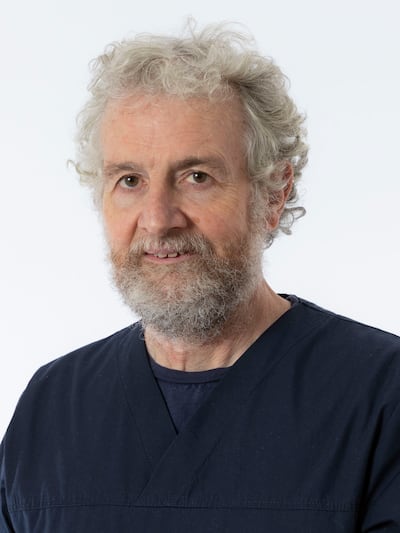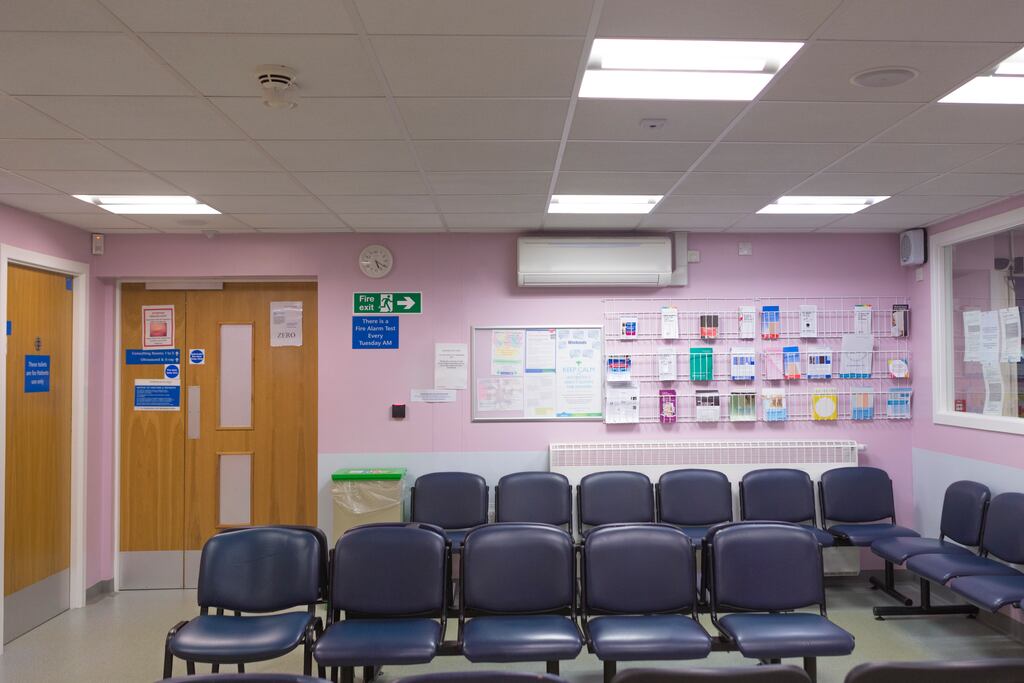We are taking most of the yellow Covid signs off the windows and opening up the blinds. But it is all a bit tentative. We never really closed in the first place, we just shut the open door and triaged the calls.
We have learned some hard lessons and still are a bit shell shocked.
Looking back, the old waiting room had been a primeval soup of lusty germs. The chorus of throats being cleared and noses being blown, coughs hacking and sneezes erupting has been silenced. Those perennial childhood infections which used to waft silently through the air to settle like thistledown on books, toys and chairs are now corralled and sterilised. There are more bugs in town than Covid and the ones who were starved of customers for two years have bounced back.
Who knew they would be so resilient? They must have done courses.
READ MORE
So our waiting room is not open. It is not closed either.
It has fewer seats‚ and most people wait in the car. Everyone is more health conscious. It was probably the same in the days of TB when signs on the buses asked passengers not to spit. I don’t remember that, and few enough of my clients do, even if they are old enough for a bus was far rarer in rural Tipperary than a corncrake in the 1940s. But everyone will remember the past couple of years. The toddlers know nothing else. It is difficult to make friends with them with your mask on, but we do our best.
We still wear masks as healthcare professionals. The scrubs are comfortable, but a bit chilly when you come out to a rain-drenched car park to beckon in a patient. The Irish drizzle goes through them in a minute and the extractor device in the corner adds a certain healthy chill to the room. But it hums like a happy beehive and keeps the air pure as mountain top.
We are now working through the chronic disease management programme. I am a fan of it. Some patients are on their third or fourth go and they know to bring their inhalers they use with them and take off their shoes and socks if they have diabetes. We test the vibration sense in their feet as it is one of the first senses to go. Some looked a bit dubious the first time we produced a tuning fork. “Are you going to sing?” one asked me nervously.
But now they are old hands. The disquieting thing is that many of them have been attending diabetes clinics for years without having the vibration checked. The clinics must have thought we were doing it and we thought they were doing it. Then the measuring tape comes out, which has caused much laughter and “Are you measuring me for a suit?” remarks.

The last question on the form says “Is there anything else that matters to you about your health?” It often opens up a whole new conversation, which may be the one we have had years ago. We call that an open question and it can go anywhere.
ICPOP is another initiative where the over-75s can avail of a thorough assessment. It is wonderful, as that age group have suffered badly from immobility and isolation during the pandemic.
My Ukrainian and Moldovan patients are terrified for their homelands. I must confess that I have a poor grasp of where the eastern European countries are in relation to one another. In any case‚ it has been something you didn’t really discuss. They are living here now, some for decades, the kids are in school and it might have annoyed them to ask where are they originally from. But they are now racked with anxiety. Their relations are quietly arriving. We do what we can, but most GPs are already stretched to the point of danger.
We spend a lot of time trying to find out what happened to patients when they were in hospital. If we are lucky, they will have a clue what happened. Quite often they have a prescription and nothing else. If you had the time to spend the day on the phone, you would be no wiser. If the secondary care service were as computerised as we are in primary care, it would be great.
We have had a couple of face-to-face educational CME meetings. All are agreed that it is great to be back, and to do our job normally again. We missed that special magic and peculiar effectiveness of the consultation. But most cannot get a locum for their holidays. There are no successors if they want to retire. All are agreed that primary care needs a boost.
I look at the careworn faces of my colleagues and feel that they, their staff and their communities deserve better.












